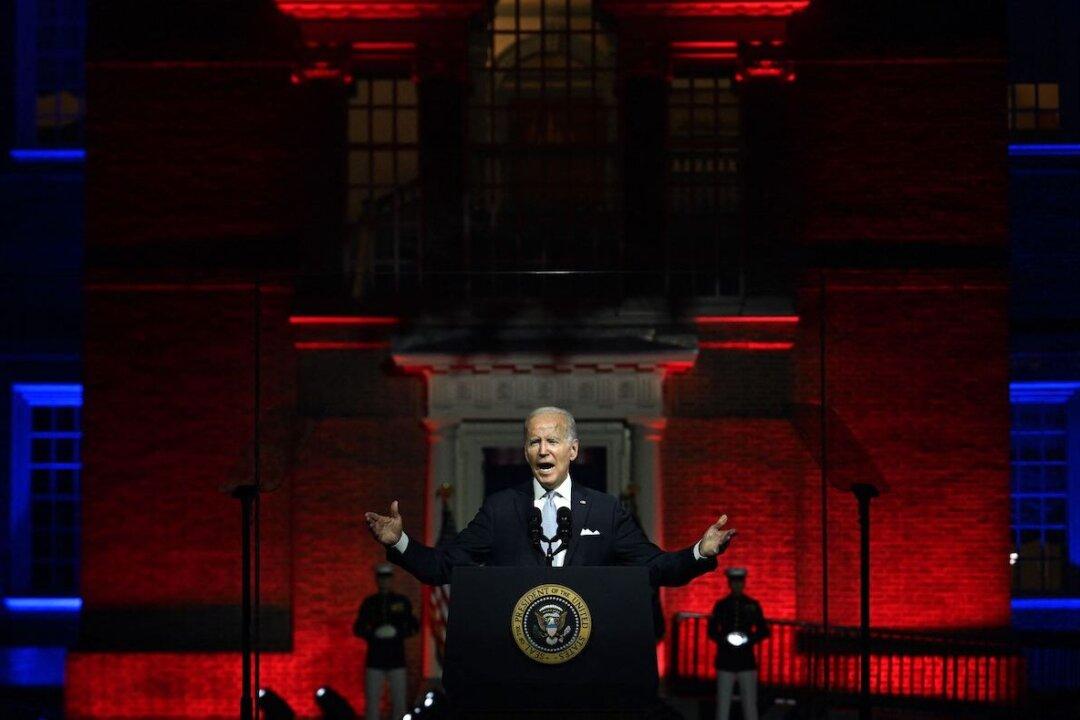The Biden administration has issued the lowest amount of federal leases to drill for oil and gas than any other administration since the end of World War Two, according to an article in the The Wall Street Journal, on Sept. 4.
The drop in permits to drill offshore or on federal lands has been noticeable, with leasing down 97 percent from the first 19 months of the Trump administration.The federal leasing program was underutilized when energy companies were primarily focused on fracking on state and private lands during the shale boom, when energy was cheaper.





